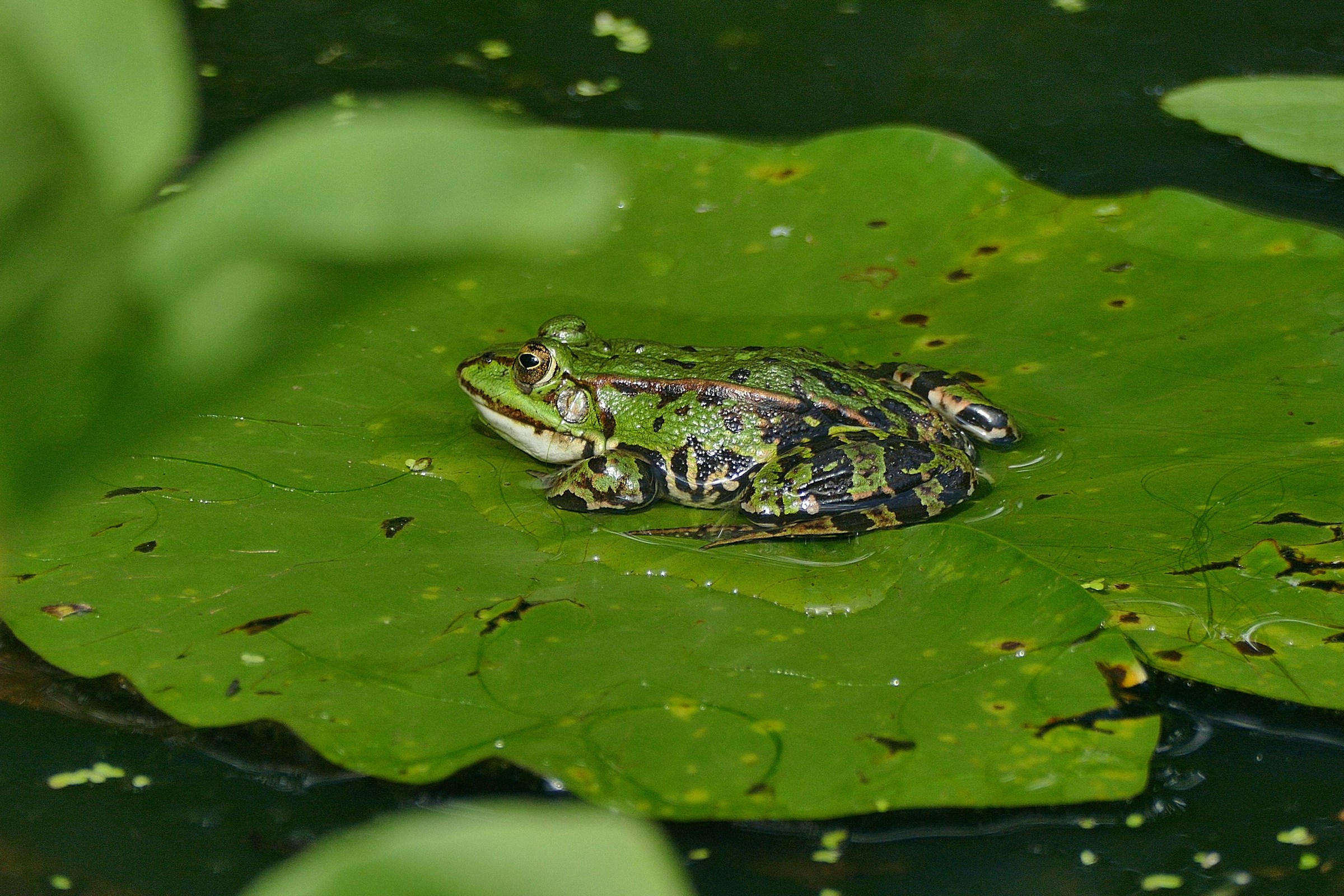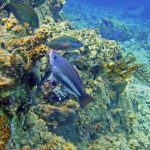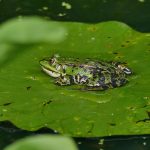Amphibians are a group of cold-blooded vertebrates that includes frogs, toads, and salamanders. They are unique creatures, occupying both terrestrial and aquatic habitats during their life cycles. These species are especially sensitive to changes in water quality and climate, making them excellent indicators of the health of our environment. With the recent changes in the United Kingdom’s water quality regulations, there is a significant impact on amphibians’ breeding grounds. This article will delve into the influence of these regulations on the habitats of various amphibian species.
Regulatory Effect on Amphibian Habitats
The first step to understanding the effect of water quality regulations on amphibian habitats is to appreciate the essential nature of these habitats. Amphibians generally require wetlands with abundant vegetation to breed, and their eggs and larvae need clean, unpolluted water to survive and thrive. Wetlands also provide a safe refuge from predators and an abundant food source.
En parallèle : What should you consider before adopting a rescue greyhound in the UK?
However, the destruction and reduction of wetlands and other amphibian habitats have been a significant concern for conservationists. With the UK’s new regulations, the government is setting stricter limits for pollutants that can be discharged into the water, aiming to protect these sensitive habitats.
For instance, many amphibians are highly susceptible to the effects of pollutant runoff from agricultural and urban areas. These pollutants can significantly alter the water chemistry, which in turn can affect amphibian reproduction and development. The new regulations aim to reduce these pollutants, decreasing the probability of adverse effects on amphibian species.
A voir aussi : How to identify and protect against wildlife crime in the UK countryside?
Amphibian Conservation Efforts
These regulations are part of a broader conservation effort to protect amphibian species in the UK. In addition to improving water quality, the regulations also aim to conserve and restore natural habitats, which are crucial for amphibian survival.
However, achieving conservation goals is not a straightforward task. It requires continuous monitoring and research on the part of scholars and conservationists. Various models have been developed to predict the impacts of climate change and habitat loss on amphibian populations, providing critical data to inform conservation efforts.
Google Earth and other satellite imagery tools have proved invaluable in this endeavour, allowing scholars to map and monitor amphibian habitats over large areas. This technology can be used to identify potential breeding sites and assess their suitability, informing efforts to restore and protect these important habitats.
Climate Change Impact on Amphibians
While the focus of the water quality regulations is mainly on reducing direct pollution, they also consider the impact of climate change on amphibian habitats. Changes in temperature and rainfall patterns can affect the availability and quality of amphibian breeding ponds and wetlands.
Amphibians are particularly vulnerable to these changes because they rely on specific environmental conditions for their reproductive cycles. For example, many amphibian species breed in temporary ponds that form in the spring. If these ponds dry up too quickly due to increasing temperatures or reduced rainfall, it could result in the loss of an entire generation of amphibians.
The water quality regulations aim to mitigate these climate impacts by maintaining healthy and resilient habitats that can withstand the challenges of a changing climate.
Public Contribution to Amphibian Conservation
Lastly, it’s worth noting that the success of these regulations and the broader amphibian conservation effort highly depends on public participation. Everyone can contribute to amphibian conservation by maintaining clean water bodies in their areas, creating suitable habitats in their gardens, and reporting any sightings of amphibians to conservation organizations.
Social media and websites like Google maps can also be powerful tools in this regard. They allow the public to share information about amphibian sightings and habitats, contributing to the collective knowledge about these species and their conservation needs.
Just as amphibians play a significant role in our ecosystems, we as citizens, have a crucial role in protecting these species and their habitats. With the help of the UK’s water quality regulations, we can ensure a healthier environment for amphibians, enhancing the biodiversity and resilience of our ecosystems.
While the regulations are an essential first step, the journey to sustainably protect and conserve our amphibian friends will require continuous effort, adaptation, and public participation. We must remember that every little action counts, and together, we can make a big difference.
Utilizing Google Scholar for Amphibian Research
Google Scholar has become an indispensable tool in the field of amphibian research. Scholars use this platform to find articles and studies related to amphibian declines, population trends, breeding habits, and the effects of climate change on these species. Valuable insights gained from these studies contribute to the development of policies and conservation strategies, such as the UK’s water quality regulations.
One aspect that researchers focus on is the change in amphibian populations in response to habitat alteration and climate change. They have found that amphibian species are declining at a rapid pace, with some even nearing extinction. This decline is often attributed to the degradation and loss of breeding sites, which are critical for the survival of these species.
Research articles available through Google Scholar provide valuable information on the preferred amphibian breeding grounds. For instance, many amphibian species prefer to breed in temporary ponds. These ponds, which form during the wet season, provide a safe and nutrient-rich environment for amphibian larvae.
However, due to human activities and climate change, these temporary ponds are disappearing or becoming unfit for habitation. This has led to a significant drop in amphibian population and diversity in certain areas.
Scholars also study protected areas to assess their effectiveness in conserving amphibian species. Findings from these studies indicate that while protected areas help in conserving certain species, they are not sufficient to counter the broad impacts of climate change and habitat loss. This highlights the importance of overarching policies like water quality regulations that can protect amphibian habitats on a larger scale.
Conclusion: Our Role in Protecting Amphibians
Amphibians are fascinating creatures with unique lifecycles that depend heavily on the quality of their aquatic habitats. The UK’s water quality regulations aim to protect these habitats by reducing pollution and mitigating the impacts of climate change. However, the preservation of amphibian species requires a concerted effort from all of us.
Everyone can contribute to amphibian conservation by keeping water bodies clean, creating suitable habitats in our gardens, and reporting sightings to conservation organizations. Through collective actions, we can help in ensuring the survival of amphibian species for future generations.
It’s also crucial to stay informed about the state of our local amphibian populations. Platforms like Google Scholar can help us find articles and studies that provide insights into the threats facing amphibians and the efforts undertaken to conserve them.
In the face of climate change and habitat loss, the task of conserving amphibians might seem daunting. However, remember that each action, no matter how small, can make a difference. Let’s strive to create a world where our amphibian friends can thrive, contributing to the rich tapestry of biodiversity that makes our planet unique and beautiful.
















